QUESTION:
What do the scholars of the Dīn and muftīs of the Sacred Law state regarding the following issue: Which types of Hajj are there and please can you mention a short & easy method for them?
Questioner: Kabeer from UK
ANSWER:
بسم اللہ الرحمن الرحیم
الجواب بعون الملک الوھاب اللھم ھدایۃ الحق والصواب
There are 3 types of Hajj of which their details are mentioned below:
- Hajj Qirān: The Ihrām of both ‘Umrah as well as Hajj is worn at the same time, however such a person [known as a Qārin] can not have Halq [shaving the hair] nor Taqsīr [trimming 1/4 of the hair] done after performing ‘Umrah, rather, he will remain as he is; in Ihrām. Having done Halq or Taqsīr on the 10th, 11th or 12th of Dhū al-Hijjah after performing Qurbānī, he is to open his Ihrām; this is the best type of Hajj.
- Hajj Tamattu’: In this type of Hajj, after performing ‘Umrah, having done Halq or Taqsīr, one opens their Ihrām. Then the Ihrām of Hajj is tied on the 8th of Dhū al-Hijjah or before this; usually those who are travelling from afar perform Tamattu’.
- Hajj Ifrād: ‘Umrah is not included in this type of Hajj; only the Ihrām of Hajj is worn in this. The residents of Makkah and those who live between Mīqāt and the boundaries of Haram Sharīf (for example, the people of Jiddah Sharīf) perform Hajj Ifrād; those who come from other countries may also perform Ifrād.
Usually Hajj Tamattu’ is performed, thus its method is being mentioned below:
The method of Hajj Tamattu’
‘Umrah is done first in this type of Hajj and a short method of ‘Umrah is as follows:
The method of ‘Umrah
Having cut one’s nails and removed the hair under the arms and navel, perform Ghusl, then tie the Ihrām in the airport or plane, but women should keep their clothing on. Next one should make the intention of Ihrām and then recite the Talbiyah; reciting it once is essential and thrice is better.
Talbiyah
لَبَّيْكَ اللَّهُمَّ لَبَّيْكَ، لَبَّيْكَ لاَ شَرِيكَ لَكَ لَبَّيْكَ، إِنَّ الحَمْدَ وَالنِّعْمَةَ لَكَ وَالمُلْكَ، لاَ شَرِيكَ لَكَ
Now there are 3 acts to perform in order to complete ‘Umrah:
- Tawāf [circumambulate]
- The Sa’ī [endeavour i.e. walking] between Safā and Marwah
- Halq or Taqsīr
1. Tawāf
To perform Tawāf, go close to al-Hajar al-Aswad; the males should uncover their right shoulder, make intention of Tawāf that, “O Allāh, I make intention of doing Tawāf of Your House.” Now one should face al-Hajar al-Aswad because one’s face will be right in front of al-Hajar al-Aswad, so one is to raise the palms of one’s hands to the ears [with them facing al-Hajar al-Aswad] and recite,
“بِسْمِ اللَّهِ وَالْحَمْدُ لِلَّهِ وَالصَّلَاةُ وَالسَّلَامُ عَلَى رَسُولِ اللَّهِ“
Now one should do Istilām of [i.e. kiss] al-Hajar al-Aswad, then turn towards the right such that the Holy Ka’bah is on one’s left side. Start Tawāf; the males are to perform Raml during the first 3 rounds i.e. walking briskly with small steps whilst moving the shoulders; one round will be complete at al-Hajar al-Aswad. One should do Istilām in the 2nd round just like the 1st and start the 2nd round, and then complete the 3rd round in the same manner. Then the males should walk at a medium pace but their shoulder must remain uncovered during the 7 rounds. After completing the 7 rounds, perform Istilām for the 8th time. Now one should cover the shoulder, and if it is not makrūh time, perform 2 rak’āt nafl wājib salāh of Tawāf in al-Masjid al-Haram, then perform du’ā’ at Multazam [the section between al-Hajar al-Aswad and the sacred door of the Holy Ka’bah]. Then one should stand facing the Holy Ka’bah and drink the blessed Zamzam water standing.
2. Sa’ī
Now one needs to perform Sa’ī and for this, one needs to do Istilām of al-Hajar al-Aswad for the 9th time; just like before, and come to the basement of Safā and Marwah. Then coming close to Safā, make du’ā’ and intention of Sa’ī as it is Mustahabb; then start Sa’ī. The males will complete 1 round of running between the green marks arriving at Marwāh, then facing the Qiblah at Marwah, supplicate just like before and then start the next round; likewise complete 7 rounds as so. After Sa’ī, one should perform Halq or Taqsīr; in Taqsīr it is necessary to cut 1/4 of the hair on the head equal to a finger digit in length as a minimum; women should only have Taqsīr done. Now ‘Umrah is complete. One is to remove the shawl of Ihrām, wait until the 8th of Dhū al-Hijjah; during this period one should perform as many Nafl Tawāfs as possible.
A brief method of Hajj
Tying the Ihrām on the 8th of Dhū al-Hijjah, one should make the intention of Hajj and then recite the Talbiyah.
Labbayk [Talbiyah]
After the intention of Hajj, reciting Talbiyah at least once is essential and thrice is better; the Talbiyah is,
لَبَّيْكَ اللَّهُمَّ لَبَّيْكَ، لَبَّيْكَ لاَ شَرِيكَ لَكَ لَبَّيْكَ، إِنَّ الحَمْدَ وَالنِّعْمَةَ لَكَ وَالمُلْكَ، لاَ شَرِيكَ لَكَ
Going to Minā on the 8th of Dhū al-Hijjah
Before going to Minā on the 8th of Dhū al-Hijjah, Hājjīs should ensure that they also perform Raml and Sa’ī of Hajj in a Nafl Tawāf, otherwise one will have to perform Raml and Sa’ī of Hajj in Tawāf al-Ziyārah.
One is to perform the 5 daily prayers in Minā Sharīf from the Zuhr of the 8th of Dhū al-Hijjah until the Fajr of the 9th of Dhū al-Hijjah because the Beloved Prophet of Allāh ﷺ did so. My advice is that, if it is possible, walk during the travel to Minā, ‘Arafāt, Muzdalifah, etc. as one will receive 70 million virtues until one returns to Makkah Sharīf.
The departure to ‘Arafāt on the 9th of Dhū al-Hijjah al-Harām
Having prayed the salāh of Fajr in the Mustahabb time, wait until the sun has come out; when it rises then one should go towards ‘Arafāt Sharīf.
Wuqūf ‘Arafāt
Wuqūf ‘Arafāt is the 1st pillar of Hajj; when one arrives at ‘Arafāt, one should remain busy reciting Durūd until Zuhr. In ‘Arafāt Sharīf, Zuhr and ‘Asr are prayed together within the stipulated time of Zuhr, but it has some conditions. Thus one should read Zuhr within the time of Zuhr and ‘Asr within the time of ‘Asr [both] with Jamā’ah inside one’s tent. One is to remain in ‘Arafāt from Zuhr until Maghrib and one should also bare in mind that Hājjīs are not to pray Maghrib salāh in the plains of ‘Arafāt, rather, they are to pray Maghrib and ‘Ishā’ within the stipulated time of ‘Ishā’ in Muzdalifah.
The departure to Muzdalifah
When one is certain the sun has set, then one should set off from ‘Arafāt towards Muzdalifah; one should continue to constantly recite Durūd and Labbayk during the journey. When one reaches Muzadalifah, so one should pray Maghrib and ‘Ishā’ together.
The method of praying Maghrib and ‘Ishā’ together
One needs to pray both salāhs with just one adhān and one iqāmah only, thus after adhān and iqāmah, one should first read the 3 fard of Maghrib, then after performing salām, immediately pray the fard of ‘Ishā’, then the sunnah of Maghrib, then the sunnah of ‘Ishā’ and then Witr.
Wuqūf Muzadalifah
It is Sunnah Mua’kkadah to spend the night in Muzdalifah, but its wuqūf [i.e. stopping there] is wājib. The time for Wuqūf Muzadalifah is from Subh Sādiq [i.e. true dawn – start of Fajr] until sunrise [end of Fajr], if one spent even a moment during this time period in Muzdalifah, then wuqūf has been fulfilled. It’s clear that whosoever prayed their Fajr in Muzdalifah within the stipulated time of Fajr, his wuqūf will be correct. Therefore, after praying Fajr in Muzadalifah, one should depart towards Minā and this day is the 10th of Dhū al-Hijjah. Remember! Some people depart towards Minā before Fajr, thus one should not follow them because the time of Wuqūf Muzdalifah hasn’t even started yet.
The 1st action of the 10th of Dhū al-Hijjah: Ramī
When you reach Minā Sharīf from Muzadalifah Sharīf, so the first act to perform on this day is Jamrah al-‘Aqabah, meaning throwing stones at the “big Satan” – on this day one is to throw stones at only this one (meaning, the “big Satan”). The time for the Ramī of the 10th of Dhū al-Hijjah is from Fajr until the Fajr of the 11th of Dhū al-Hijjah. However it is makrūh from the [start of] Fajr of the 10th of Dhū al-Hijjah until sunrise and from sunset to Subh Sādiq. If someone performed Ramī at night due to a certain [legally valid] excuse, then there is no karāhah [dislike].
The 2nd action: Qurbānī
After pelting stones at the “big Satan” on the 10th of Dhū al-Hijjah, one should perform Qurbānī. This Qurbānī, in gratitude of Hajj, is wājib on a Qārin [person doing Hajj Qirān] and Mutamatti’ [person doing Hajj Tamattu’], even if he is a faqīr [poor person].
The 3rd action: Halq
When one’s Qurbānī has been performed, then one should have Halq or Taqsīr done. One should bare in mind that it is wājib for a Hājjī to perform these in order.
- First is “Ramī”, meaning the throwing of the stones
- After this is Qurbānī
- Then Halq or Qasr
Qurbānī is not wājib upon a Mufrid [one doing Hajj Ifrād] therefore such a person can have Halq or Taqsīr done after Ramī.
After having Halq or Taqsīr performed, one is to remove the Ihrām, wear normal clothes and go to the Holy Ka’bah to perform Tawāf al-Ziyārah.
Tawāf al-Ziyārah
Tawāf al-Ziyāraj is the 2nd pillar of Hajj; performing Tawāf al-Ziyārah on the 10th of Dhū al-Hijjah is better; if one can not perform this Tawāf on the 10th, so one can also do so on the 11th or 12th, but it must be done before the sunset of the 12th. If the sun has set on the 12th before performing 4 rounds of Tawāf Ziyārah, then Dam will become wājib. However, if a woman’s Hayd or Nifās [menses or postnatal bleeding] starts and she becomes pure after the 12th, then there is no Dam wājib upon her due to this delay.
When one has performed Tawāf al-Ziyārah, then one should go towards Minā Sharīf; spend the night there.
The Ramī of the 11th and 12th of Dhū al-Hijjah
One is to pelt stones at the 3 Satans after Zuhr on the 11th and 12th of Dhū al-Hijjah. First is Jamrah al-Ūlā, meaning the small Satan, next is Jamrah al-Wustā, meaning the middle Satan, and finally is Jamrah al-‘Aqabah, meaning the big Satan.
The time for the Ramī of the 11th and 12th of Dhū al-Hijjah starts as soon as the time for the end of Zawwāl, meaning the [start] time of Zuhr, comes – meaning the time of Ramī for both days is from the end of Zawwāl [meaning the start of Zuhr] until Subh Sādiq [start of Fajr]. However, it is makrūh to perform Ramī after sunset without a [legally valid] reason. Some people start performing Ramī from Subh Sādiq; this is wrong and Ramī is not even fulfilled by doing this. If someone did do Ramī before Zawwāl on the 11th or 12th and did not repeat it by going back on the same day, then Dam will be wājib.
Having left the boundaries of Minā after the Ramī of the 12th of Dhū al-Hijjah before sunset, return to one’s hotel. If the Subh Sādiq of the 13th has entered whilst in the boundaries of Minā itself, meaning Fajr time has started, then the Ramī of the 13th of Dhū al-Hijjah will also be wājib; if one goes without performing Ramī, then Dam will be wājib.
Tawāf al-Rukhsah
When one intends to leave Makkah Sharīf, then Tawāf al-Rukhsah is wājib for a Āfāqī Hājjī; not doing so results in Dam becoming wājib. A person who comes from outside of Mīqāt, for example, UK, etc. is known as an Āfāqī Hājjī.
One may perform Sa’ī without Wudhū, however it is Mustahabb to do it in the state of Wudhū. Each time one performs ‘Umrah, Halq or Taqsīr is wājib in order to come out of the state of Ihrām. Even if one’s head is already bald, it is still wājib to get razored again.
واللہ تعالی اعلم ورسولہ اعلم صلی اللہ علیہ وآلہ وسلم
کتبہ ابو الحسن محمد قاسم ضیاء قادری
Answered by Mufti Qasim Zia al-Qadri
Translated by Haider Ali
Read the original Urdu answer here – [Q-ID0541] What are the types of Hajj? Please explain the easy methods of performing them.
Also see:
[Q-ID0734] Is it okay for me to delay Hajj so I can first rectify myself and become a better Muslim?
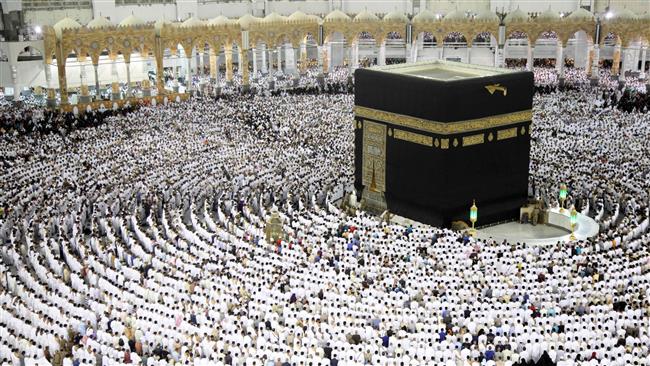




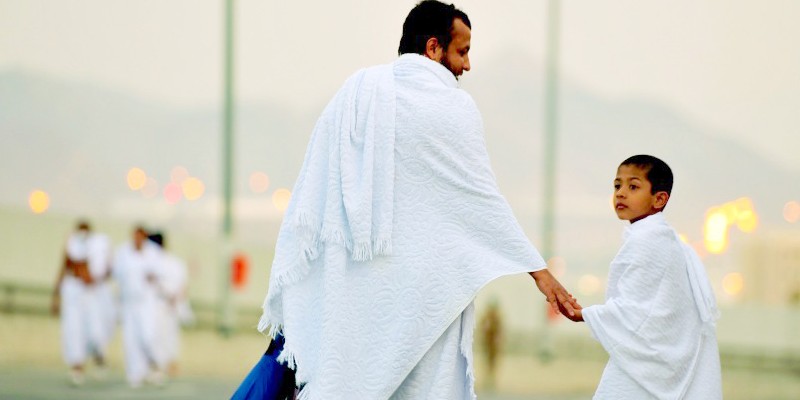

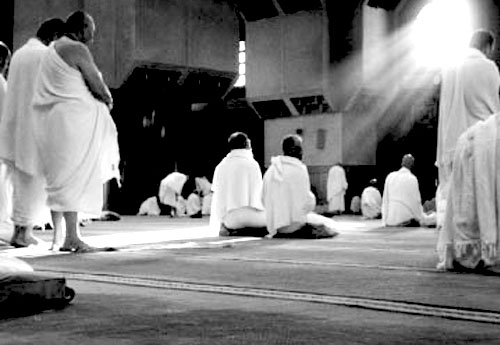
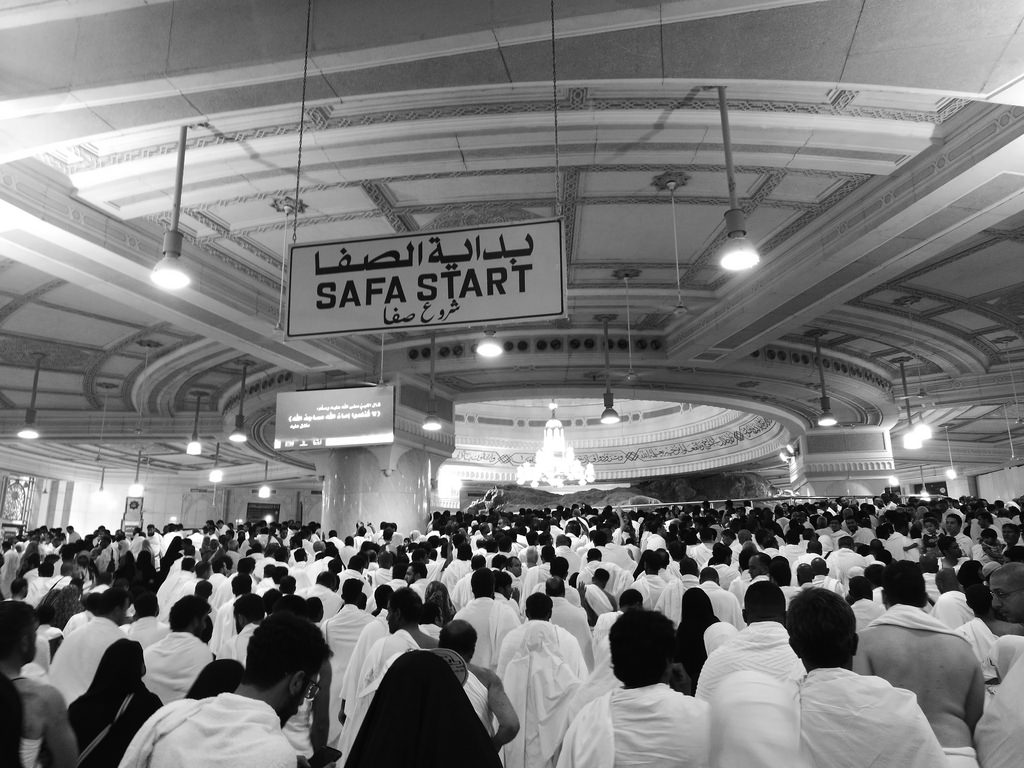
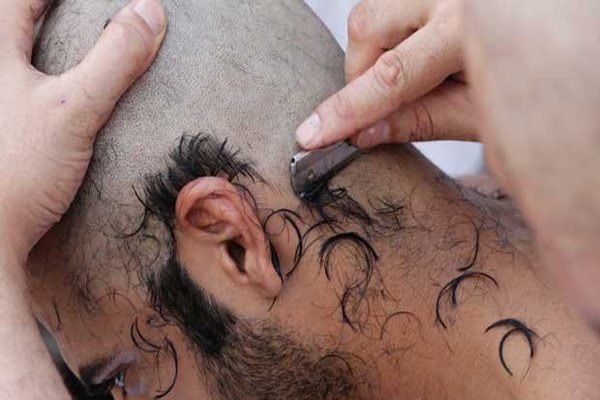
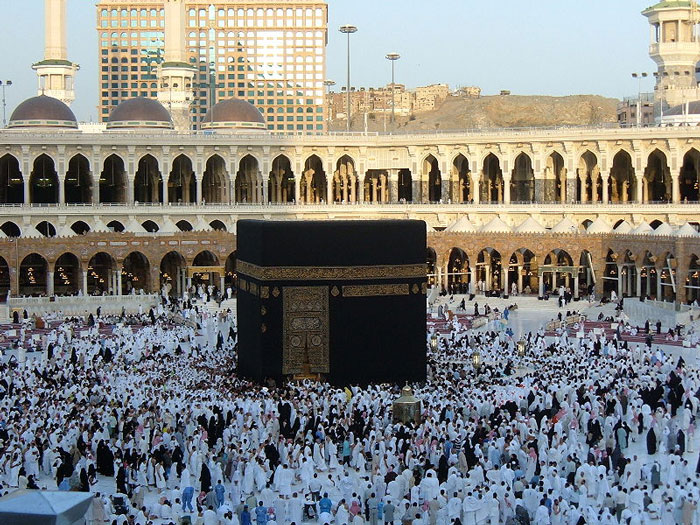

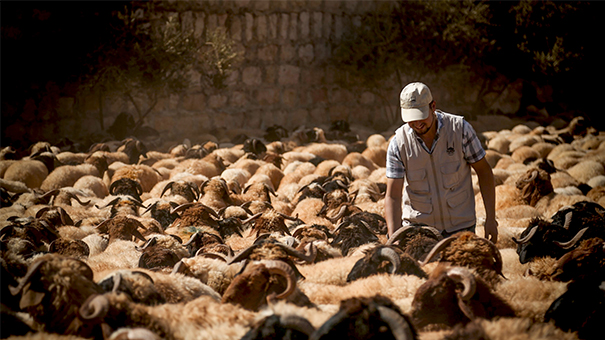

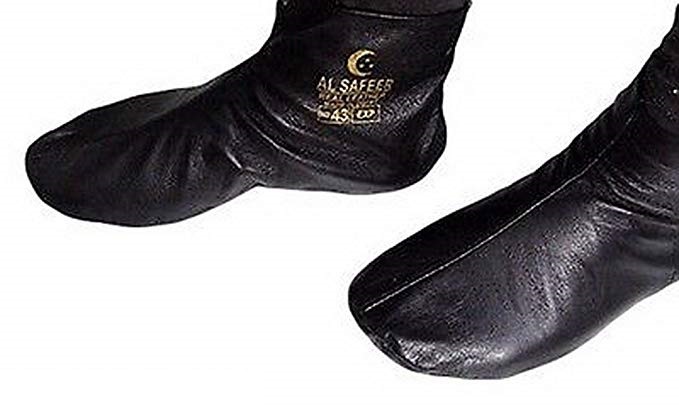




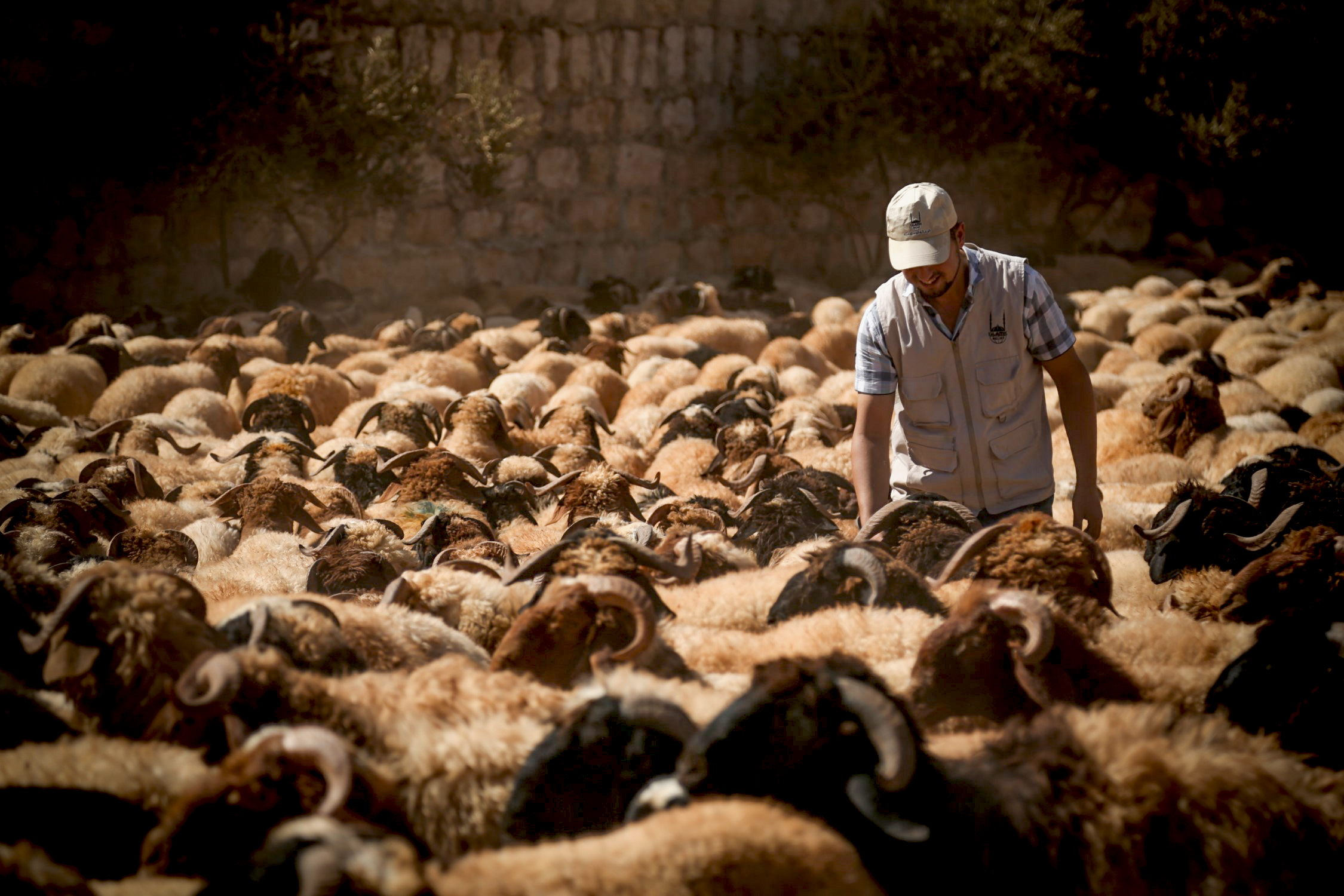

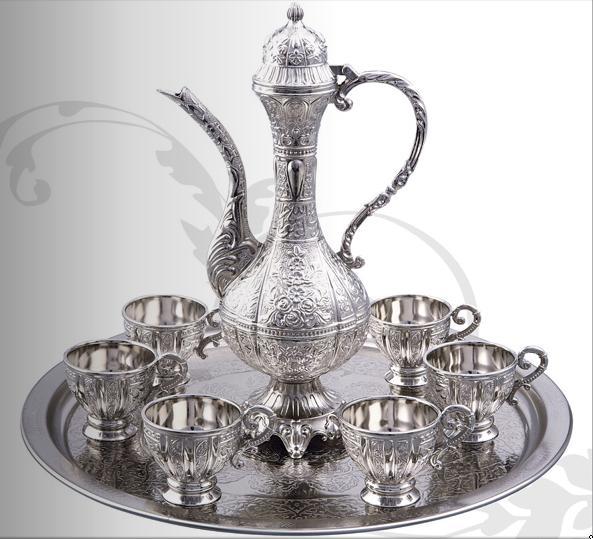
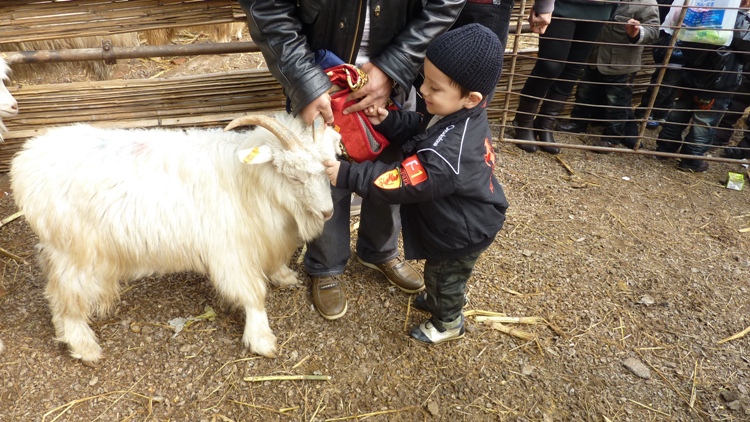


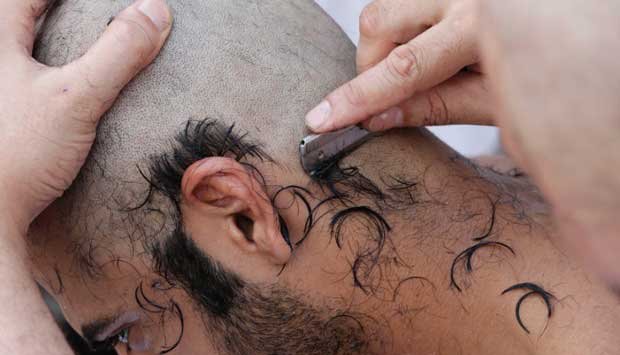
![[Q-ID0193] Can I go for Hajj if I have an outstanding loan to pay?](http://www.seekerspath.co.uk/wp-content/themes/hueman-pro/assets/front/img/thumb-medium-empty.png.pagespeed.ce.q0RS_Oe2Ar.png)










